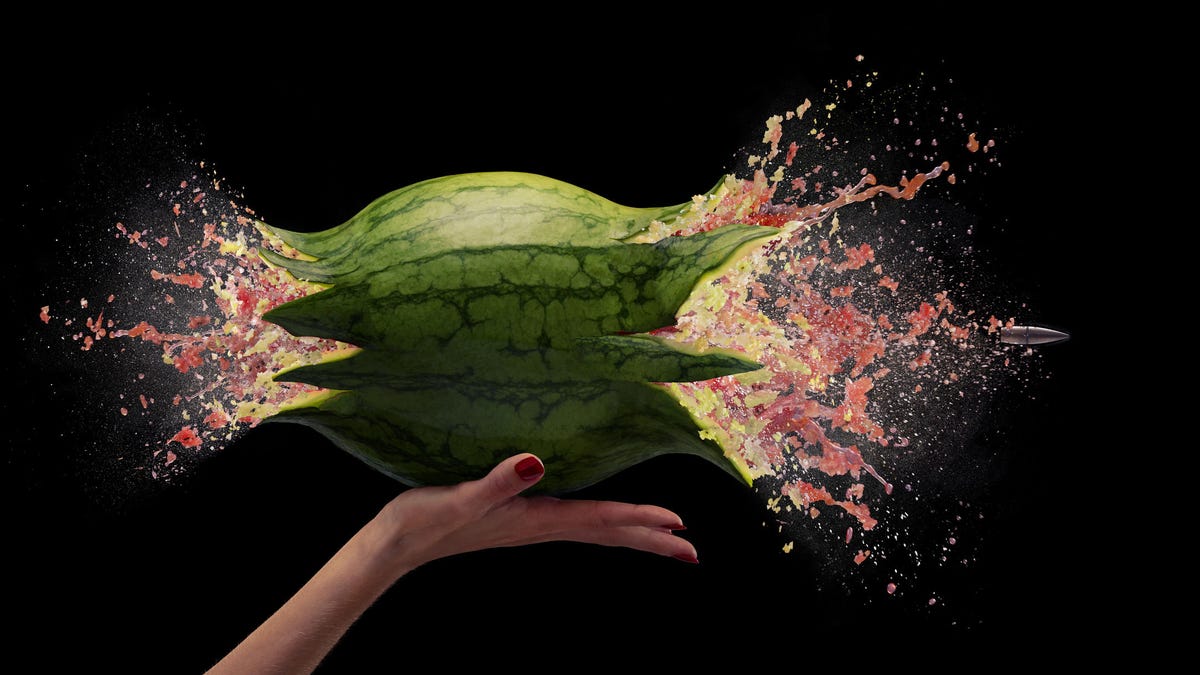AI could turn your blurry phone videos into slow-mo masterpieces
Nvidia has developed technology that will add additional frames into video that's already been recorded.

Nvidia wants to help you make awesome slow-mo videos.
No slow-mo? No worries.
Nvidia wants to help you turn any old video shot on your phone into a blur-free, slow-motion masterpiece, and it's using artificial intelligence to do it.
Researchers at the company have developed a new deep-learning system that can convert standard video into slow-mo by adding additional frames after the video has been shot. The result would turn a video shot at 30 frames per second (standard for a phone shooting a regular video) into something that appears as a 240 fps video.
To create the slow-mo AI, researchers used 11,000 videos of sport and everyday activities shot at 240 fps to train a neural network, which learned to predict the extra frames.
"While it is possible to take 240-frame-per-second videos with a cell phone, recording everything at high frame rates is impractical, as it requires large memories and is power-intensive for mobile devices," the researchers said.
Nvidia might be known for graphics cards and gaming, but it's been pushing hard on AI recently, including releasing a high-powered, low-cost chip that it says will power the AI robots of the future.
According to Nvidia, the new technology will help regular videos shot at a lower frame rate look less blurry.
You can check it out on the video below.

